
Zambales, officially the Province of Zambales, is a province in the Philippines located in the Central Luzon region. Its capital is Iba, which is located in the middle of the province. Zambales borders Pangasinan to the north and northeast, Tarlac to the east, Pampanga to the southeast, Bataan to the south and the South China Sea to the west. With a total land area of 3,830.83 square kilometres (1,479.09 sq mi), Zambales is the second largest among the seven provinces of Central Luzon after Nueva Ecija. The province is noted for its mangoes, which are abundant from January to April.
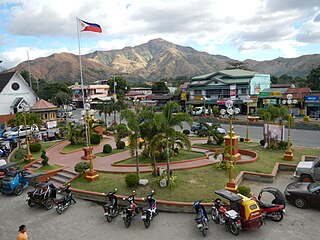
San Antonio, officially the Municipality of San Antonio, is a 2nd class municipality in the province of Zambales, Philippines. According to the 2020 census, it has a population of 37,450 people.

Iba, officially the Municipality of Iba, is a 1st class municipality and capital of the province of Zambales, Philippines. According to the 2020 census, it has a population of 55,581 people.
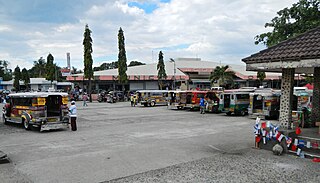
Botolan, officially the Municipality of Botolan, is a 1st class municipality in the province of Zambales, Philippines. According to the 2020 census, it has a population of 66,739 people.

Infanta, officially the Municipality of Infanta, is a 3rd class municipality in the province of Pangasinan, Philippines. According to the 2020 census, it has a population of 26,242 people.

Candelaria, officially the Municipality of Candelaria, is a 3rd class municipality in the province of Zambales, Philippines. According to the 2020 census, it has a population of 30,263 people.

Cabangan, officially the Municipality of Cabangan, is a 4th class municipality in the province of Zambales, Philippines. According to the 2020 census, it has a population of 28,118 people.

Castillejos, officially the Municipality of Castillejos, is a 3rd class municipality in the province of Zambales, Philippines. According to the 2020 census, it has a population of 67,889 people.

Masinloc, officially the Municipality of Masinloc, is a 1st class municipality in the province of Zambales, Philippines. According to the 2020 census, it has a population of 54,529 people.
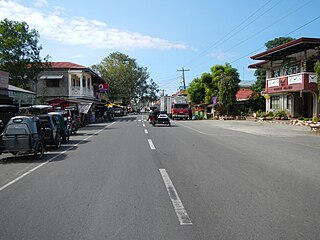
Palauig, officially the Municipality of Palauig, is a 3rd class municipality in the province of Zambales, Philippines. According to the 2020 census, it has a population of 39,784 people.

San Felipe, officially the Municipality of San Felipe, is a 4th class municipality in the province of Zambales, Philippines. According to the 2020 census, it has a population of 25,033 people.

San Marcelino, officially the Municipality of San Marcelino, is a 1st class municipality in the province of Zambales, Philippines. According to the 2020 census, it has a population of 37,719 people.

San Narciso, officially the Municipality of San Narciso, is a 4th class municipality in the province of Zambales, Philippines. According to the 2020 census, it has a population of 30,759 people.
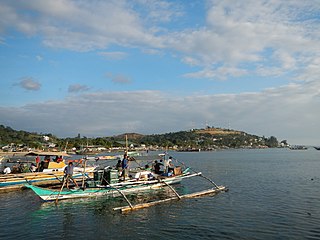
Subic, officially the Municipality of Subic, is a 1st class municipality in the province of Zambales, Philippines. According to the 2020 census, it has a population of 111,912 people.

San Luis, officially the Municipality of San Luis, is a 3rd class municipality in the province of Pampanga, Philippines. According to the 2020 census, it had a population of 58,551 people.

Santa Ana, officially the Municipality of Santa Ana, is a 3rd class municipality in the province of Pampanga, Philippines. According to the 2020 census, it has a population of 61,537 people.

Gerona, officially the Municipality of Gerona, is a 1st class municipality in the province of Tarlac, Philippines. According to the 2020 census, it has a population of 94,485 people.

San Clemente, officially the Municipality of San Clemente, is a 5th class municipality in the province of Tarlac, Philippines. According to the 2020 census, it has a population of 13,181 people.

Tarlac City, officially the City of Tarlac, is a 1st class component city and capital of the province of Tarlac, Philippines. According to the 2020 census, it has a population of 385,398 people.
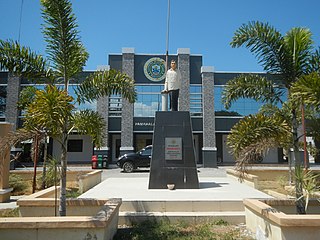
Llanera, officially the Municipality of Llanera, is a 4th class municipality in the province of Nueva Ecija, Philippines. According to the 2020 census, it has a population of 42,281 people.

























